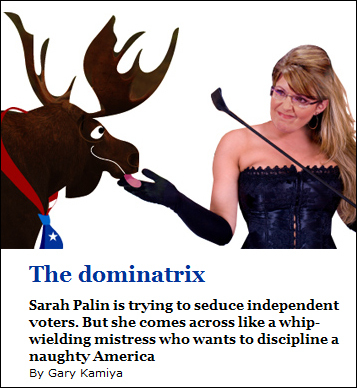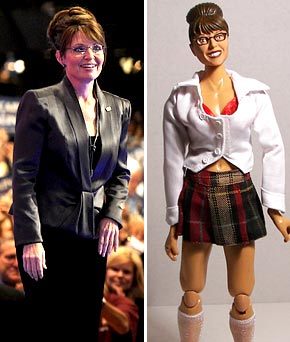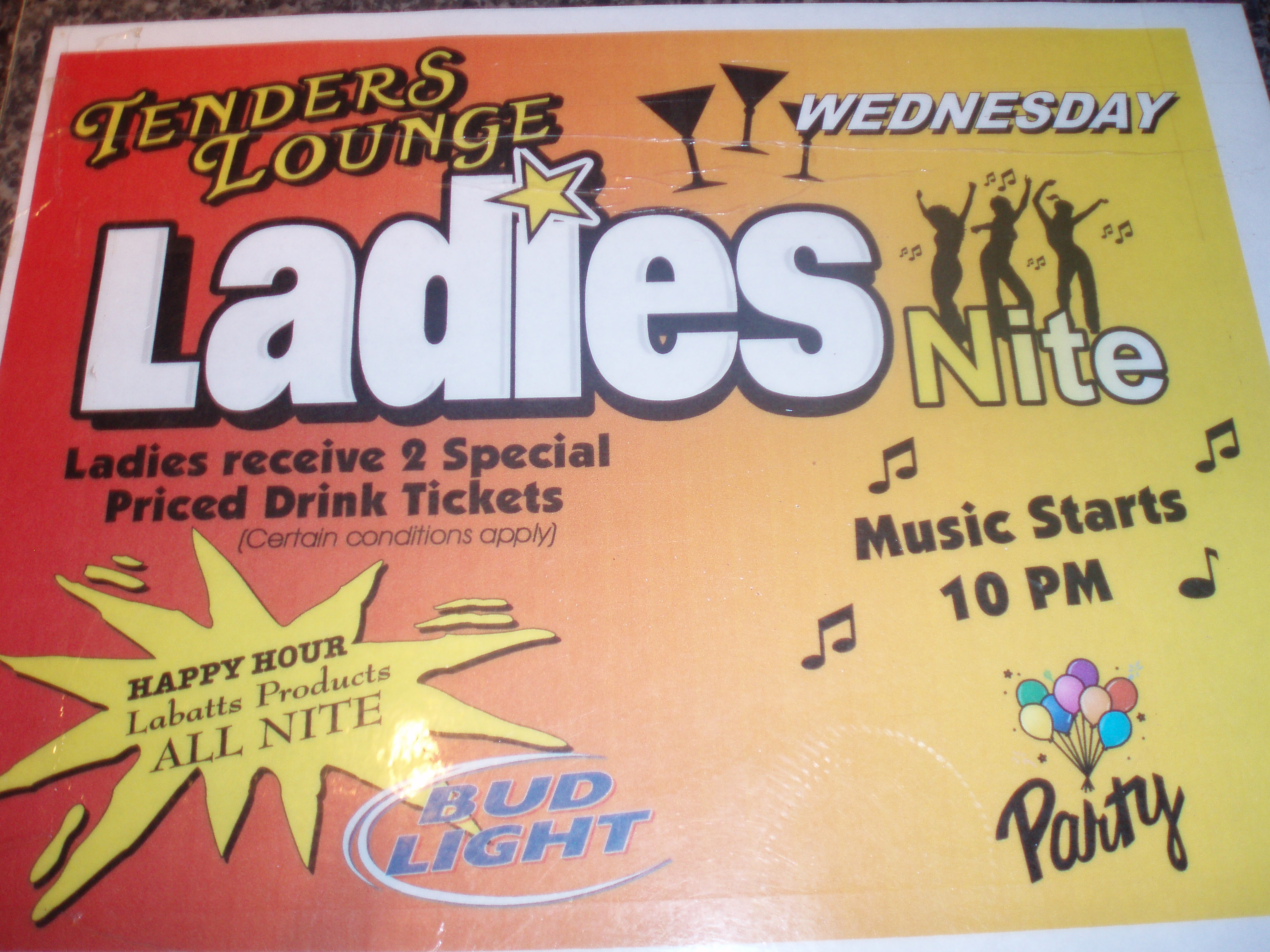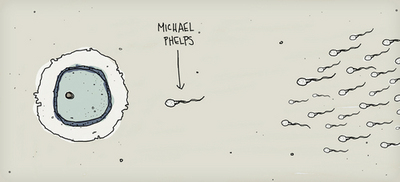This commercial I recently saw on Comedy Central for Progene male enhancement supplement warns men who are “not 20 anymore” that, without their product, they won’t be able to satisfy a woman.
[youtube]https://www.youtube.com/watch?v=tphU_5g1A-w[/youtube]
Here’s a screenshot of a graph from the video which purports to show how men’s sexual performance declines with age:
Of course, we women “know it’s not your fault,” “it’s natural.”
Obviously you could could use this for a discussion of the increasing scrutiny men’s bodies are put under (much as women’s long have). But it’s also a good example of the way sex is often discussed; the implication here is that the only way to satisfy a woman sexually is to be able to have sex like a 20-year-old man, and the emphasis is clearly on penile-vaginal intercourse as the main source of sexual pleasure (though it does come with the handy DVD about the female orgasm). I might also use it when I talk about the ways we construct biology and treat some “natural” processes as inevitable and unalterable while attempting to change others.
For the unbelievers, I know this ad may very well look fake, but I swear to you I saw it on TV. Multiple times, because it was during a show I’d recorded, so I had the opportunity to rewatch it to my heart’s content.
Gwen Sharp is an associate professor of sociology at Nevada State College. You can follow her on Twitter at @gwensharpnv.























